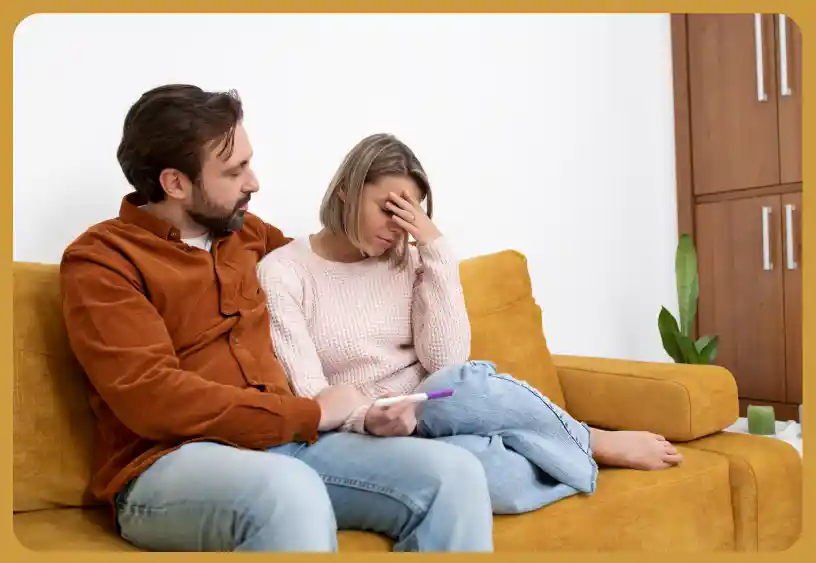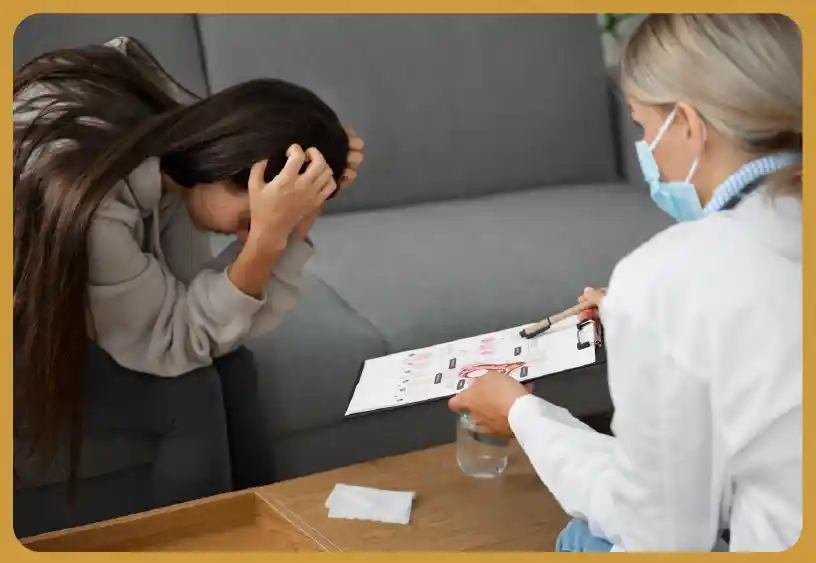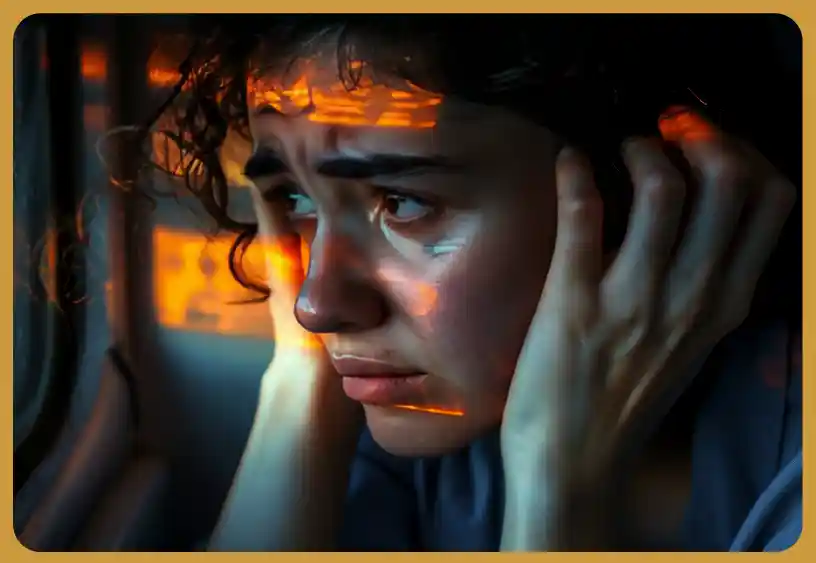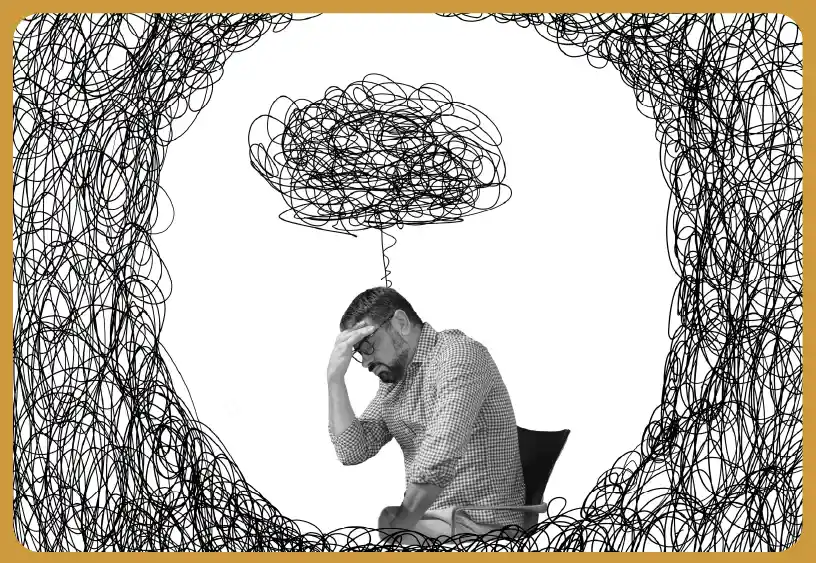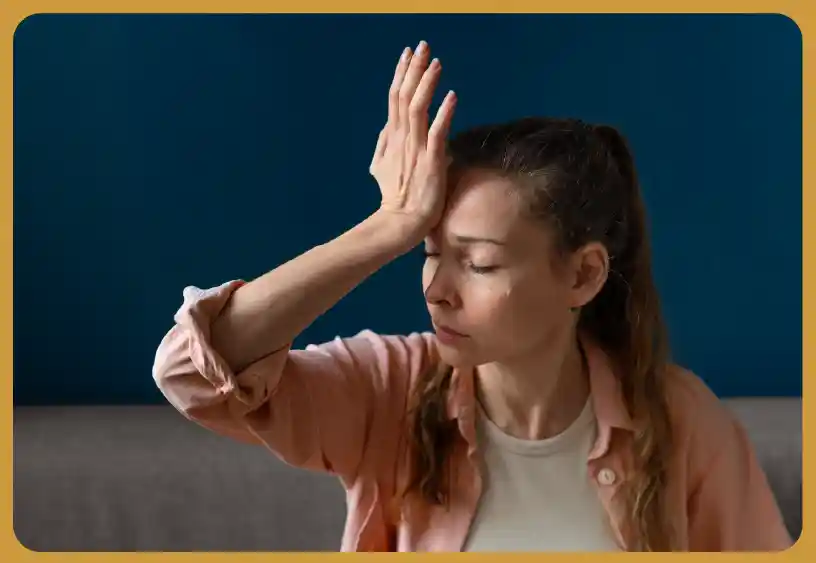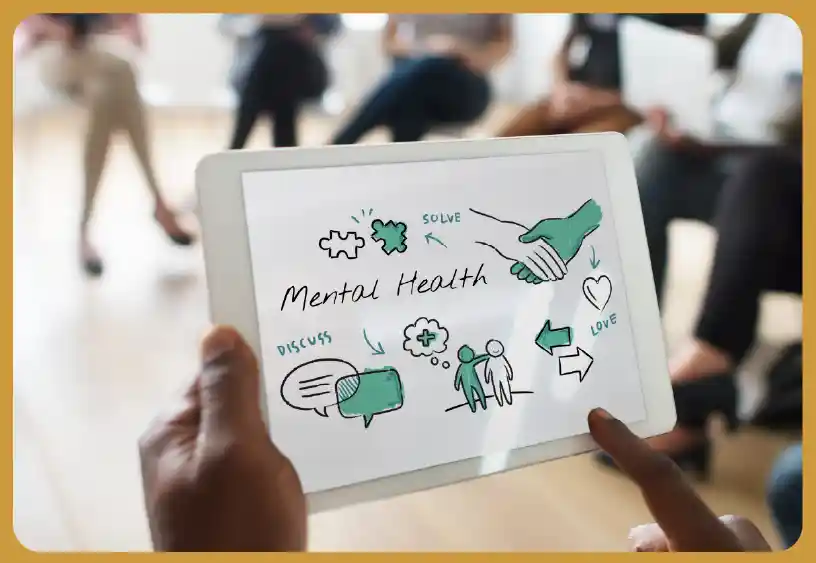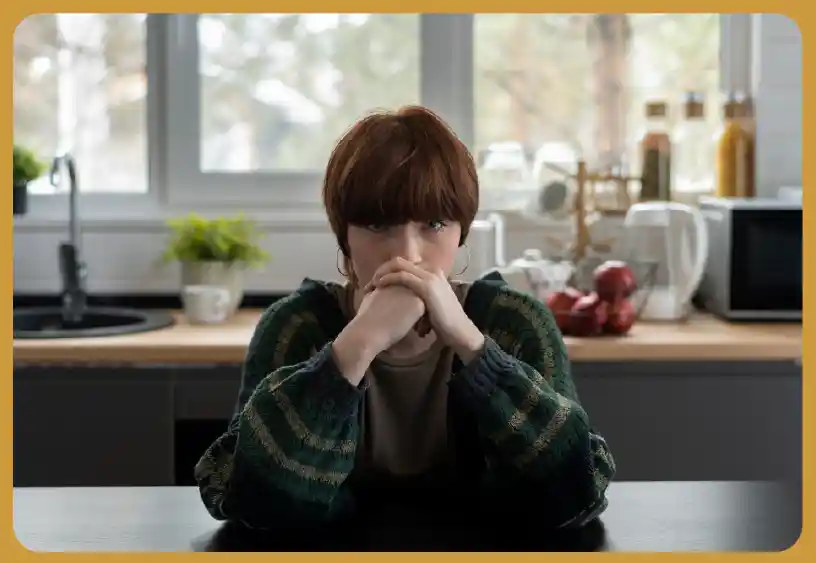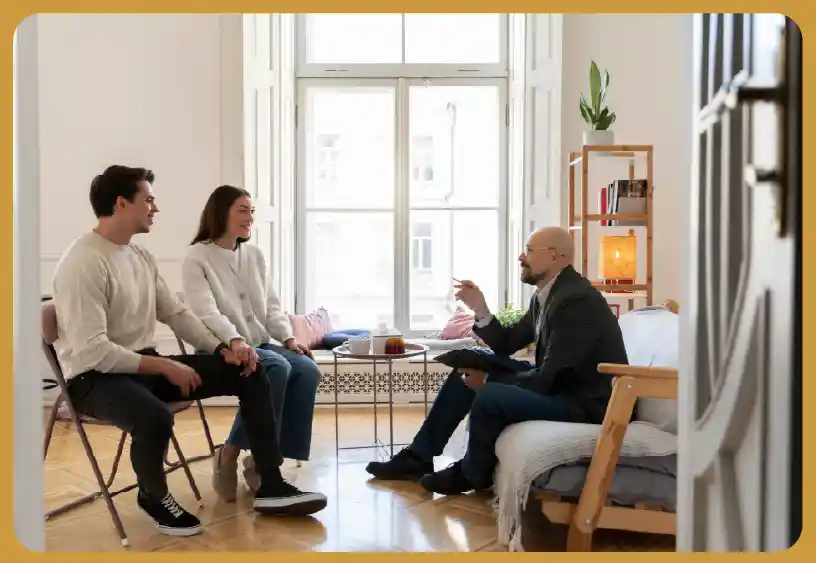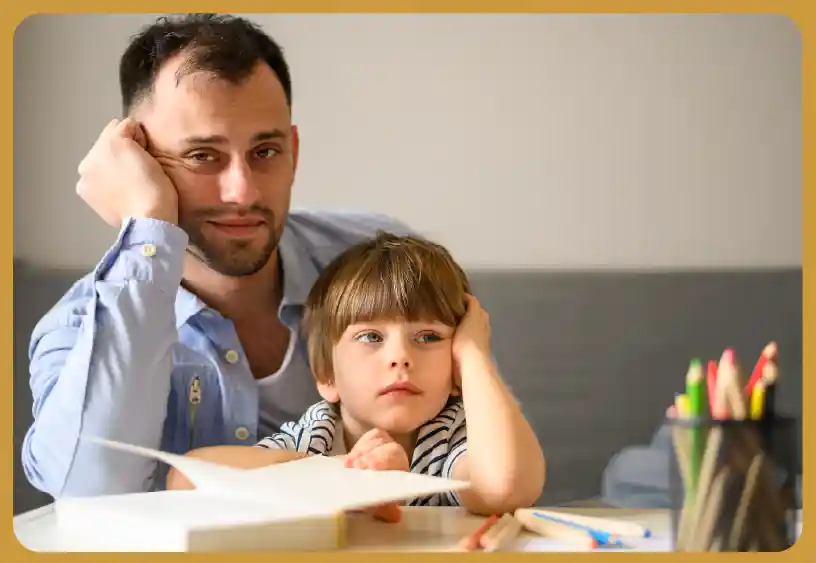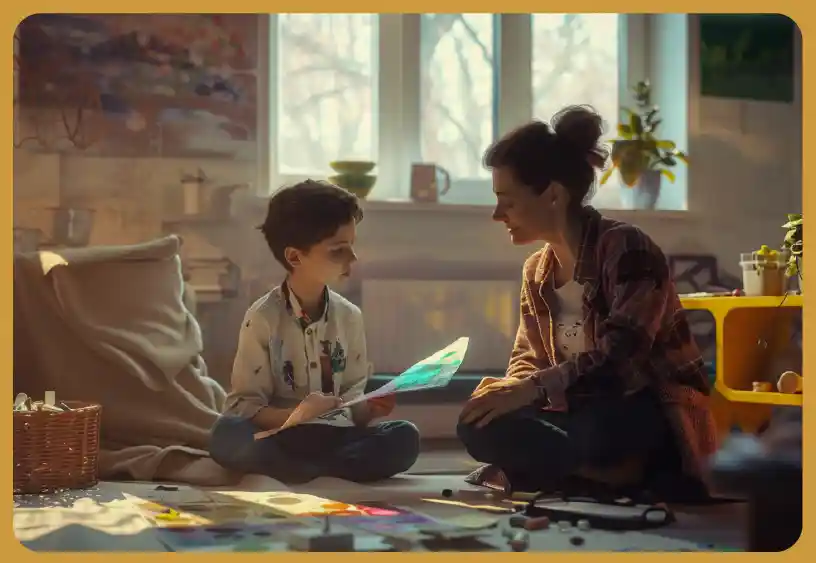
The Role of Art Therapy in Mental Health Treatment
Art has healing powers, it really does. It is because of this very reason that art therapy is used by psychologists across the globe as a way to treat mental illness. In this blog we will explore what exactly art therapy is and the role it plays in the mental health and wellness space.
What Exactly Do We Mean By Art Therapy?
Art therapy, a scientifically grounded form of psychotherapy, leverages the creative power of art to facilitate self-discovery and personal growth. Through the creative process, individuals interact with symbols that mirror their inner experiences, providing a platform for emotional release. Art therapy encourages self-reflection and interpretation of artistic works, fostering a deeper understanding of one's thoughts, feelings, and actions. The therapeutic relationship between the client and the art therapist is a cornerstone of this process, creating a secure and empathetic space for exploration and healing.
Art therapy generally operates on several key principles:
- Expressive Communication
- Symbolic Representation
- Catharsis and Emotional Release
- Self-Reflection and Insight
- Therapeutic Alliance
- Integration and Healing
Extensive scientific research has demonstrated the broad applicability of art therapy in addressing a wide range of mental health issues, including stress, anxiety, sadness, and interpersonal difficulties. Ongoing studies continue to explore the mechanisms through which art therapy operates, using structured evaluations and real-world applications. This robust body of evidence underscores the effectiveness of art therapy in promoting integration, healing, and overall mental health.
What Is The Role Of Art Therapy In Mental Health?
Art therapy plays a significant role in mental health treatment by providing individuals with a creative outlet to express emotions, explore feelings, and process experiences that may be difficult to verbalize. Here are some key aspects of its role:
Expression
Art therapy allows people to convey their deepest ideas, feelings, and experiences without talking. Painting, sketching, sculpture, and collage can help customers express difficult emotions. They can externalize their inner fights and better understand their sentiments. Art may overcome language barriers and provide those who struggle to communicate, have experienced trauma, or are from different cultural heritages. People might feel liberated from language and societal norms by creating something new. Art therapy promotes emotional honesty and self-expression by deepening inner connections.
Self-Exploration
Making art as part of therapy helps people explore their identity, views, and experiences. Clients can find thoughts, patterns, and feelings that they may have been ignoring or trying to hide through the artistic process. Trying out different art supplies and methods can help people understand how they see and understand the world around them in their own unique ways. As clients learn more about themselves and their place in the world, this self-exploration helps them grow and develop as people. People who go through art therapy are encouraged to be open and curious, which sets them on a path of self-discovery and acceptance. People can also talk about difficult or taboo topics at their own pace in art therapy meetings because the atmosphere is helpful and doesn't judge.
Emotional Release
Art helps people express and move through difficult emotions like loss, rage, and despair. Expressing these sentiments via art may heal and release you. By using colors, shapes, and textures, people may portray their inner disorder on the exterior. This approach helps people disengage from powerful emotions and take control of their inner experiences. Art also releases happy, pleasurable hormones like endorphins, dopamine, and serotonin. This enhances art therapy's mental advantages. Art therapy helps people address and work through difficult emotions by creating a safe space for expression.
Stress Reduction
Art therapy helps people relax and take care of themselves, reducing stress. Making art relaxes the body, lowering cortisol levels. Making art repeatedly and calmly may put individuals in a state of flow when they lose track of time and get entirely immersed in the creative process. This state of awareness helps people focus on the present and temporarily forget troubles and worries. Additionally, using art equipment may be relaxing. Clay in your hands or paint in the air may be relaxing. Being present can help people feel calmer and more balanced.
Self-Esteem Building
Art therapy gives people chances to set goals, take risks, and be successful, all of which boost their self-esteem and confidence. People have freedom and control over their lives when they make art because they choose the tools, methods, and subjects they use. Finishing art projects and seeing the results can make you feel good about your skills and give you a sense of achievement. The art therapist's positive, non-judgmental comments also help the person feel good about themselves and validate their experiences. People learn to value their own unique skills and talents when they are recognized and celebrated for their artistic work. Over time, this boost in self-esteem can spread to other areas of a person's life, giving them the confidence to go after their goals and dreams.
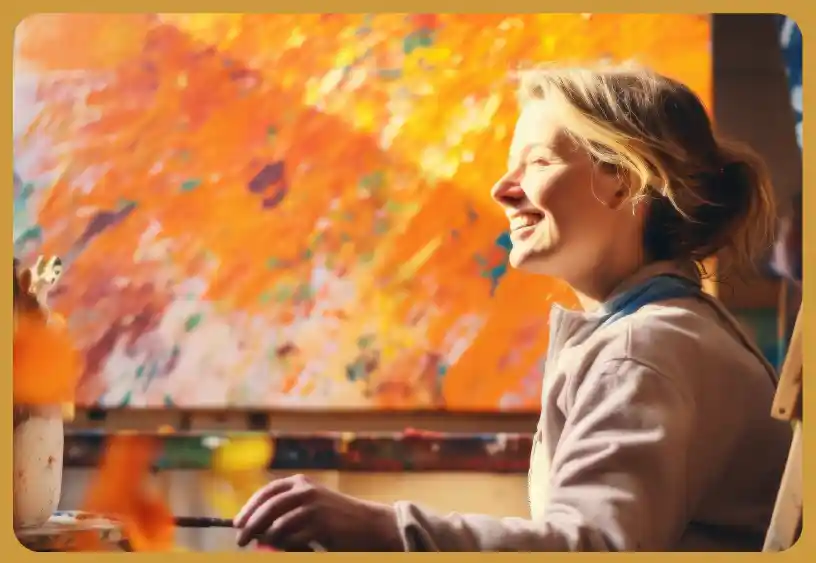
Communication
Art bridges cultural, linguistic, and cognitive barriers. This makes it valuable for therapy-related communication. Through painting, clients may express complex emotions, thoughts, and experiences that are hard to express. Art therapists assist clients interpret their art by exploring its symbols and meanings. This helps client and therapist communicate and comprehend each other, strengthening the treatment relationship. Art therapy also helps patients communicate to themselves, which increases self-reflection and analysis. Displaying inner ideas and feelings via art helps people understand them. That leads to personal growth and awareness.
Empowerment
Being artistic gives people the power to be involved in their own healing and to feel like they have control over their lives again. People feel in charge and independent in a therapy setting when they can choose their own materials, colors, and methods. Making art helps people feel more in control of their lives and identities, which can help them deal with feelings of helplessness or inaction. The physical nature of making art also gives people real proof of their progress and growth, which boosts their sense of ability and effectiveness. People learn to trust their artistic instincts and ability to solve problems through art therapy. This makes them stronger and gives them better ways to deal with stress. In the end, art therapy gives people the confidence to accept their natural talent and strength, seeing that they can get through tough times and do well.
Trauma Processing
Art therapy gives people a safe and helpful place to work through painful events and include them in their own stories. Making art is a way for people to deal with their pain and share feelings that are too complicated to say out loud. By drawing pictures of their experiences, people get a sense of distance and perspective, which makes painful memories and flashbacks less intense. The art therapist acts as a caring observer, validating and supporting the client as they work on their trauma-related art. When people make art and think about it afterward, they can learn more about how stress has changed their ideas, feelings, and actions. Art therapy also helps people slowly put together painful memories into a story that makes sense, which helps them heal and be strong. People can start to rebuild their lives and move on from pain to a better future by reclaiming their power and sense of self through art.
Art Enhances Mental Health
Art therapy gives individuals a safe space to release their thoughts and emotions and surrender themselves to what they do. It is an excellent way to keep your mental health in check as well. If you are looking for a reliable place to start your art therapy journey, give Zivanza Wellness a try.
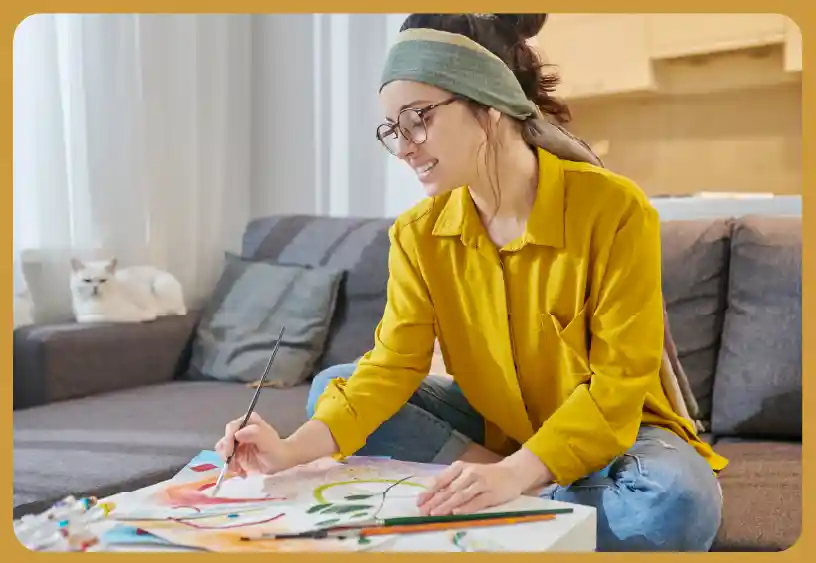
- Share

